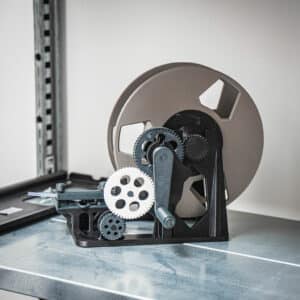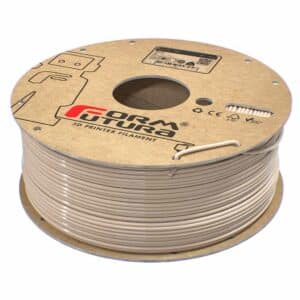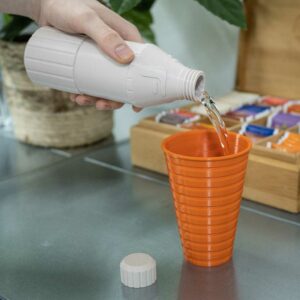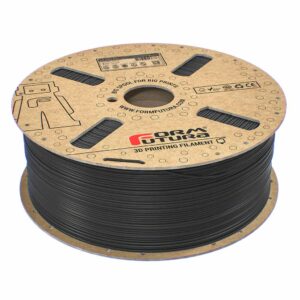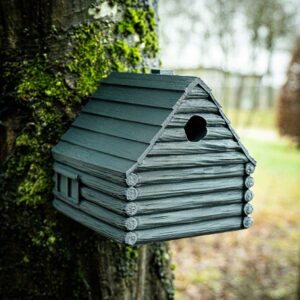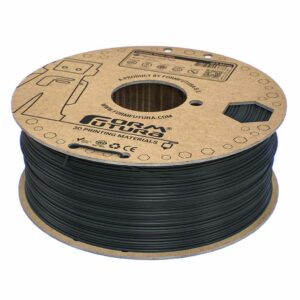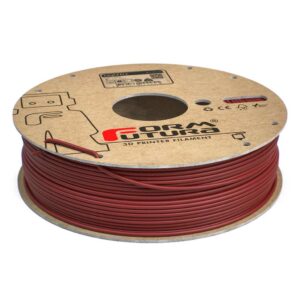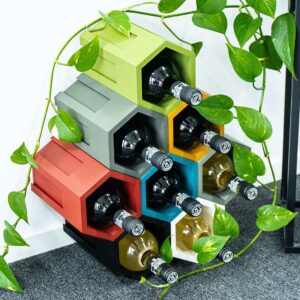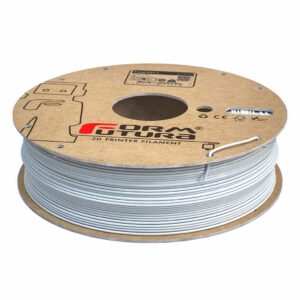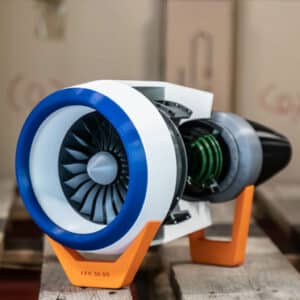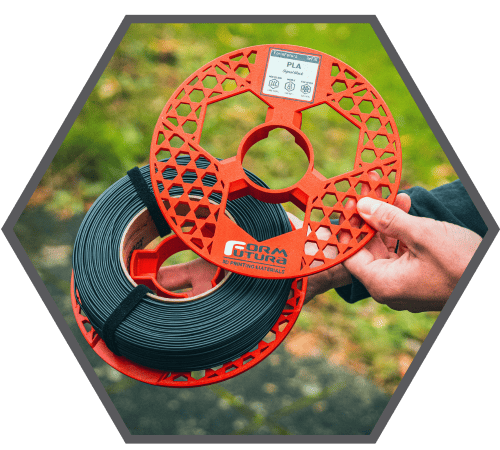3D Printing: A Sustainable Innovation
3D Printing: A Sustainable Innovation
At FormFutura we firmly believe that environmental harmony is vital for the well-being of current and future generations. Therefore, we are reshaping the world of 3D printing by emphasizing sustainability and actively pursuing an eco-friendly future. This is not just a commitment; it's a journey we embark on every day.
3D printing itself is inherently sustainable, contributing to the reduction of waste through a process known as fused filament fabrication (FFF). Unlike traditional mass fabrication methods that involve carving or stamping objects from larger materials, FFF enables desktop 3D printers to construct objects layer by layer, minimizing material wastage.
Our sustainability initiatives
As the additive manufacturing industry continues to grow, FormFutura remains steadfast in its commitment to reduce its environmental impact. To fulfil this commitment, we have implemented a range of sustainable practices designed to minimize our environmental footprint. Explore our dedication, delve into our initiatives, and join us in creating a positive impact on the environment, the industry, and beyond. Together, we are building a world where sustainable 3D printing isn't just a goal but a reality.
Our sustainability commitment
Reform Filaments
In 2021, we proudly introduced the Reform Filament, representing one of the most sustainable filament ranges in the market. Our commitment to environmental responsibility is evident in every aspect of this filament.
Crafted entirely from renewable materials, the Reform Filament breaks away from the reliance on virgin fossil or natural resources. We go beyond traditional practices, offering recycled variants of PLA, PET(G), ABS, and ASA, ensuring that all waste streams from production find purpose. To further reduce our environmental footprint, the Reform Filament is presented on eco-friendly cardboard spools, available in five sizes, ranging up to 4.5 kg.
PLA Filaments
PLA is one of the leading materials in desktop 3D printing. This thermoplastic is made from plant starch, such as corn, cassava, sugarcane, cereals, or sugar beet.
Therefore, it is biodegradable under suitable conditions, offering a more environmentally friendly option compared to fossil fuel-based alternatives. While ABS and PLA have distinct characteristics, such as strength and melting temperatures, choosing between them depends on your specific 3D printing project needs. PLA, being eco-friendly, is often favored by those prioritizing sustainability in their initiatives.

Reducing Carbon Emissions
Desktop 3D printers utilize digital computer-aided design (CAD) files, enabling the production of objects precisely where they are needed. This has the potential to significantly reduce carbon dioxide emissions by eliminating the need to transport products worldwide, from factories to distributors, wholesalers, local stores, and end-users.
Desktop 3D printers can produce a wide range of creations within the dimensions of the printer. This eliminates the requirement for specialized machinery for each object, promoting resource efficiency.
Repairing & Upcycling
Desktop 3D printing offers a unique solution for repairing utensils by creating parts that may not be readily available from the manufacturer. This capability extends the lifespan of items that might otherwise be discarded. Consider essential items such as battery covers, cellphone cases, dishwasher buttons, washing machine handles, wardrobe hinges, and more.
Beyond just repairing utensils, 3D printing presents an exciting opportunity for upcycling products. This involves printing items that can add new functionalities to existing objects, further extending their lifespan. Whether it's enhancing the capabilities of household items or giving them a new purpose, upcycling through 3D printing is a sustainable way to breathe new life into everyday objects.

Partnerships for a Better Future
In addition to our environmental initiatives, we are dedicated to promoting well-being in line with the United Nations' Sustainable Development Goals for 2030. Through strategic partnerships with diverse companies, we harness the power of 3D printing to create a positive impact on lives.
This includes collaborations focused on producing affordable assistive devices for individuals with disabilities, as well as the development of personalized medical devices, implants, and prosthetics designed to fit the unique anatomy of each individual.
Refill Filaments
Our Refill filaments come without a spool and are designed to fit our FormFutura flanges. You can even create your own custom-made flanges. The filament is packaged on a coil and stored in reusable vacuum-sealed zip bags, minimizing packaging waste, improving shipping efficiency, and reducing environmental impact.
Eco-Friendly Packaging
In 2020, we implemented a significant change by transitioning to cardboard spools for all our filament variants. This shift ensures that all FormFutura filaments up to 1 kilogram are spooled onto fully recyclable, sturdy cardboard spools crafted from unbleached recycled cardboard. This eco-friendly approach extends beyond the spools to also include the boxes that the spools comes in. Our decision had a positive influence on numerous other 3D printing brands. We were very pleased to see many brands following our lead in providing spools on cardboard, contributing to a more sustainable industry standard.



